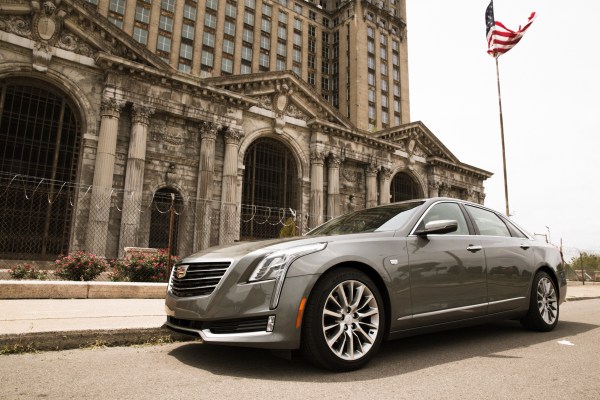GM’s next smart cruise control system is designed to let drivers actually remove their hands from the wheel while in operation, and uses facial recognition to make sure that they’re still paying attention to the road. That’s according to a new letter from the National Highway Traffic Safety Administration (NHTSA) to GM about the proposed feature, as detailed by Reuters.
Currently, cruise assist features require that a driver have their hands on the wheel at all times, but this new semi-autonomous mode would instead include facial recognition software that can recognize when a driver isn’t paying attention, or, worse yet, when they’re falling asleep while the system is engaged.
Upon realizing a driver isn’t as attentive as they should be, the so-called Super Cruise feature would signal a red visual alert, vibrate the seat and then eventually play a goal recorded message to get them to resume proper behavior. Failing all of that, GM would then use its OnStar human-staffed driver assistance feature to attempt to communicate directly with the driver, with the assumption being that at that point they might be experiencing some kind of medical emergency.
Super Cruise will also hand back control of the vehicle to the driver if it notices that the road has an excess of twists and bends, once more alerting the driver to resume control as above. It’s also designed to turn on the car’s emergency hazard lights and slow the vehicle if the driver doesn’t respond, and a final fallback solution could be to slowly decelerate and eventually stop the vehicle entirely in certain situations.
Originally revealed in 2014, Super Cruise was on track for introduction late this year, but instead will now be shown first sometime in 2017.
